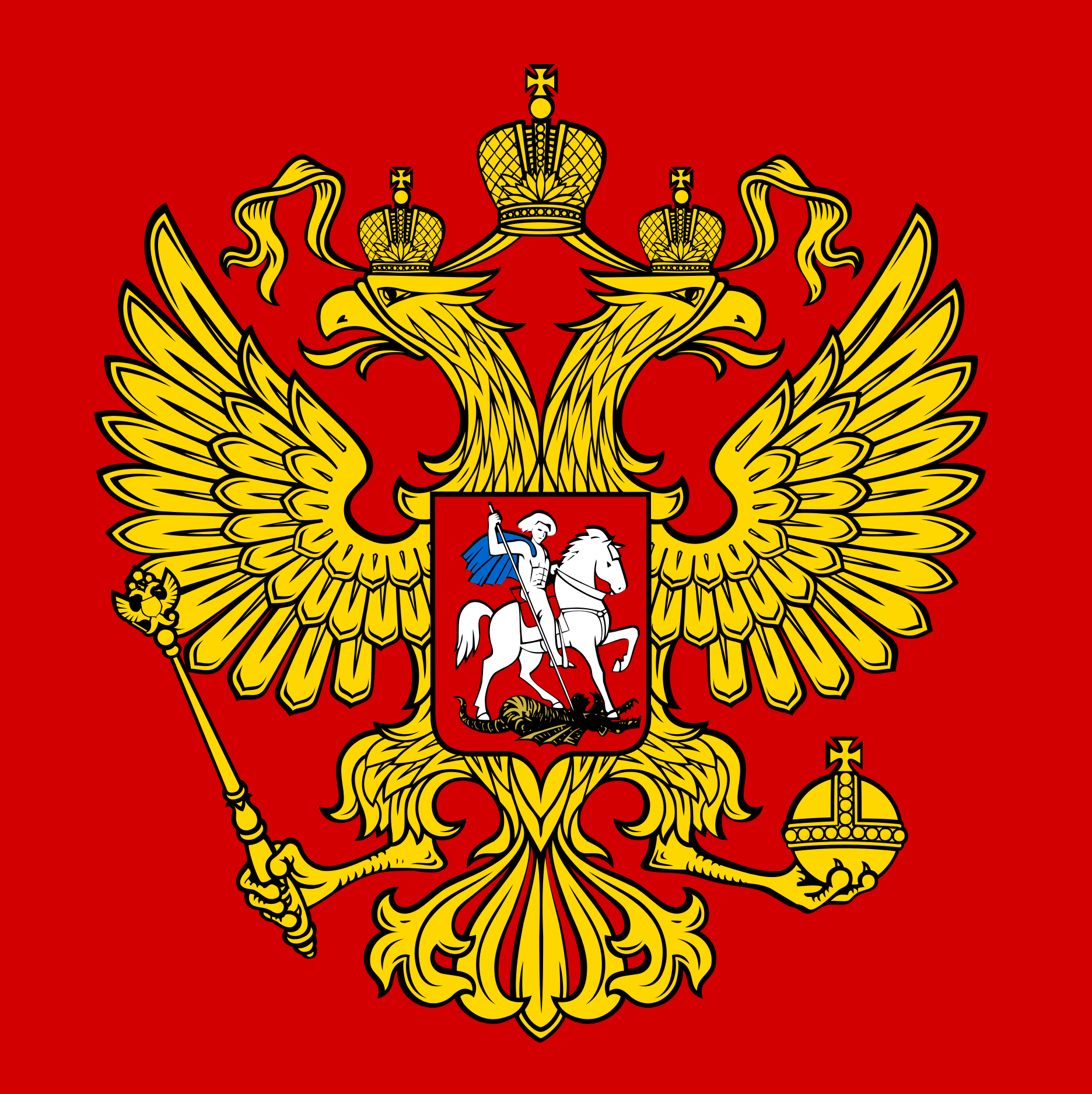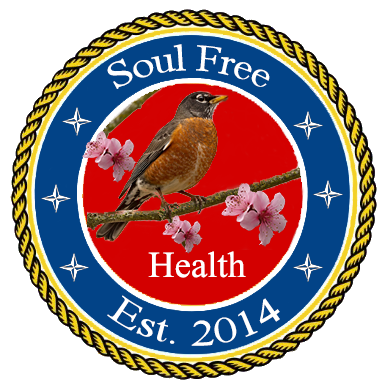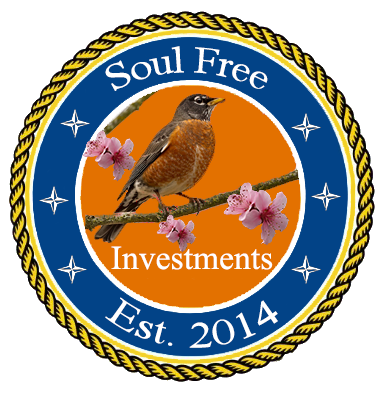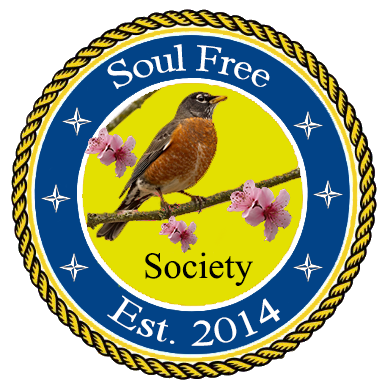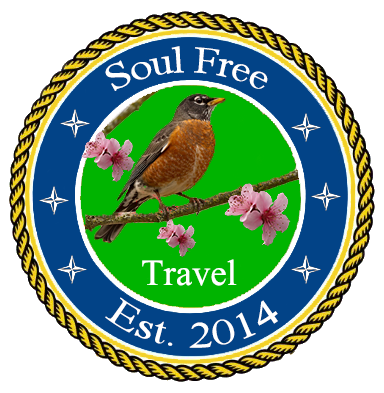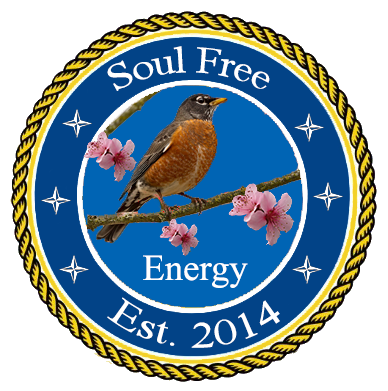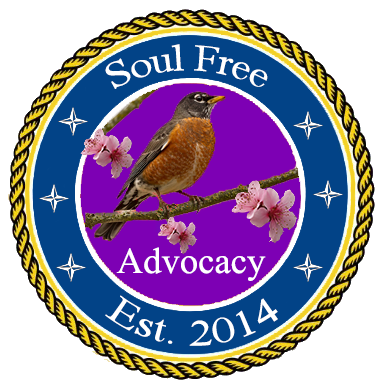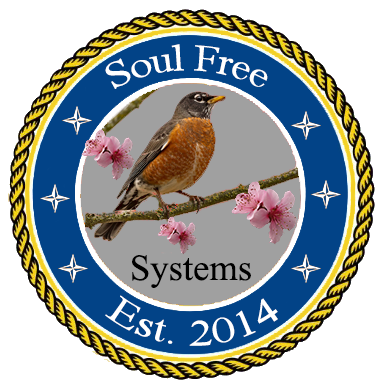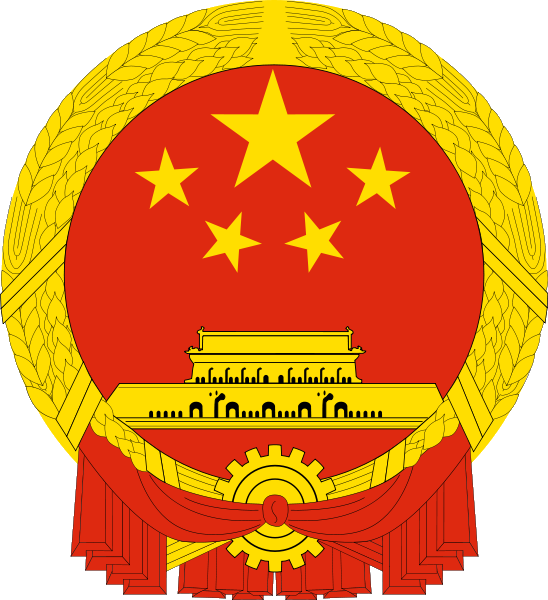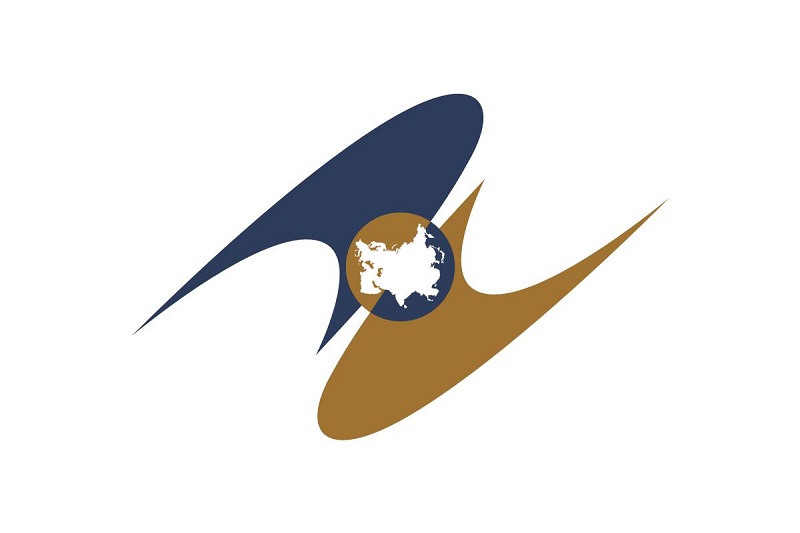
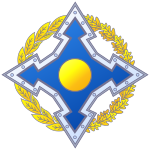 Eurasian Economic Union
Eurasian Economic Union 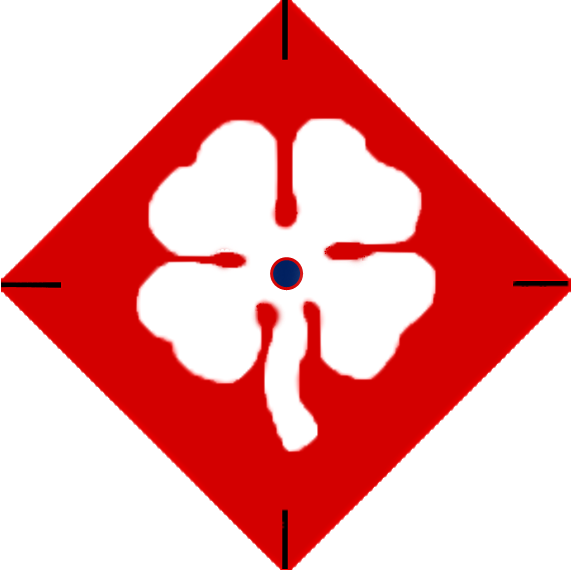
Region 1 - Northern Division
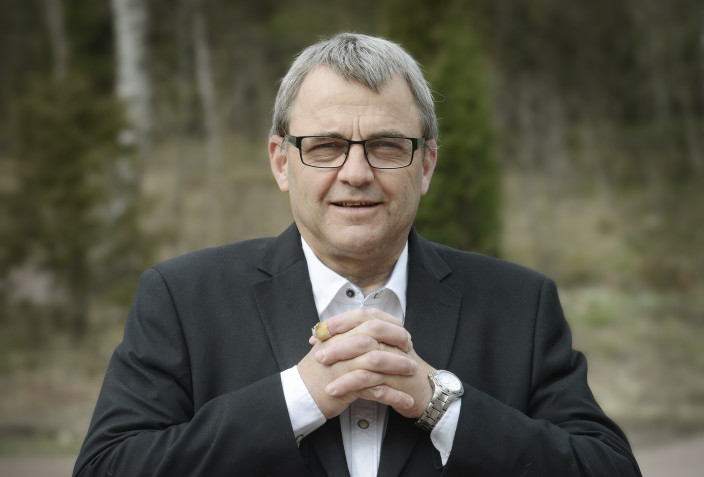
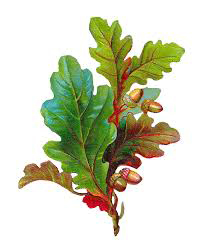 Åland Islands
Åland Islands 
|
|
 |
|
Fast Facts:
Population (est.): |
28,355 |
Main Political Party: |
Ålandic Centre |
GDP (PPP): |
$1.563 billion |
Motto: Islands of Peace
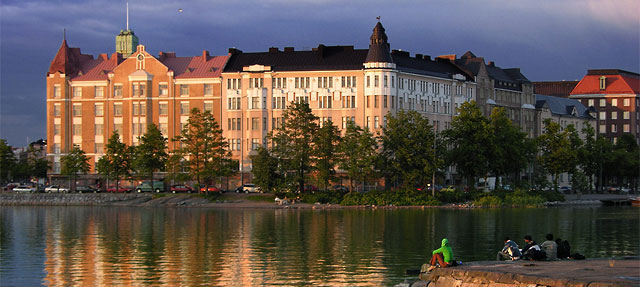 |
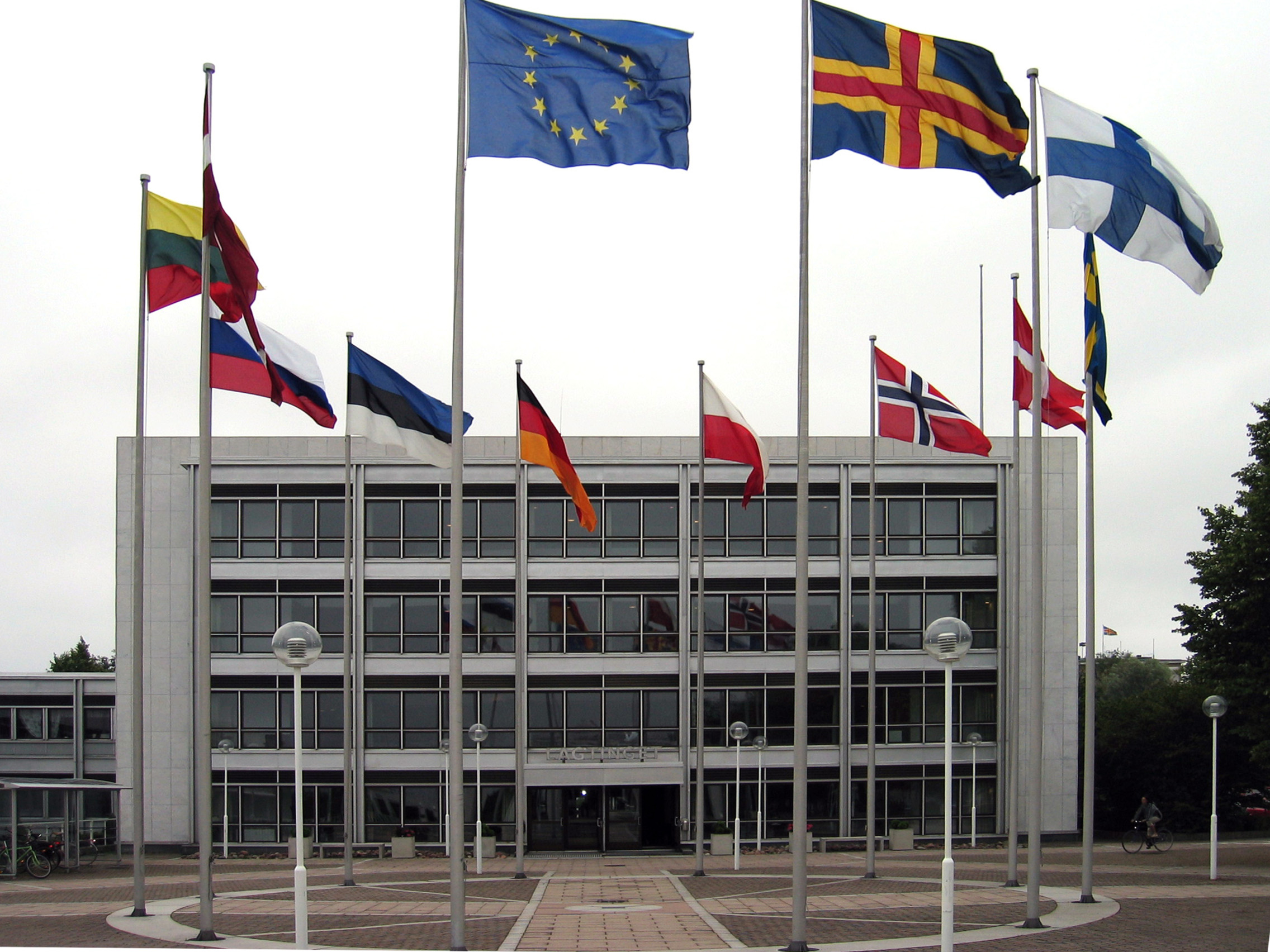 |
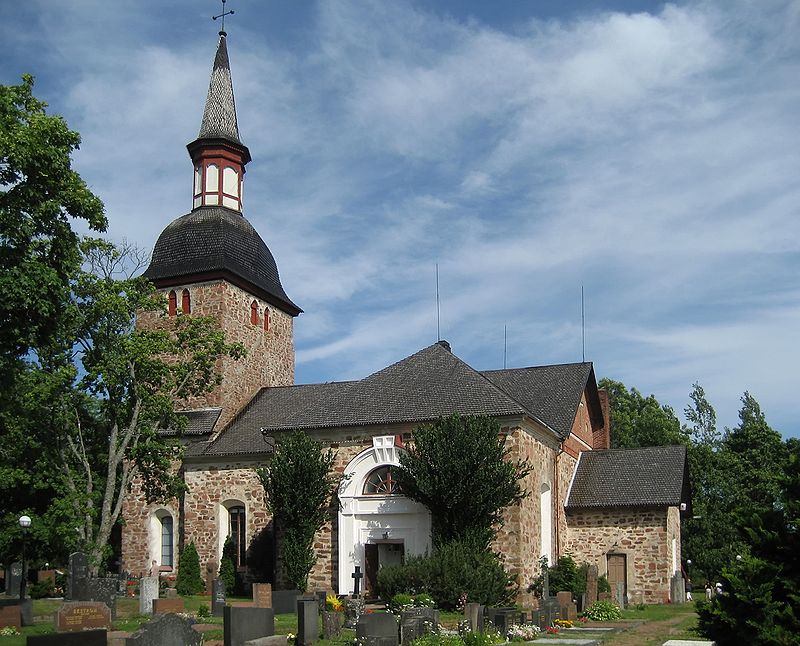 |
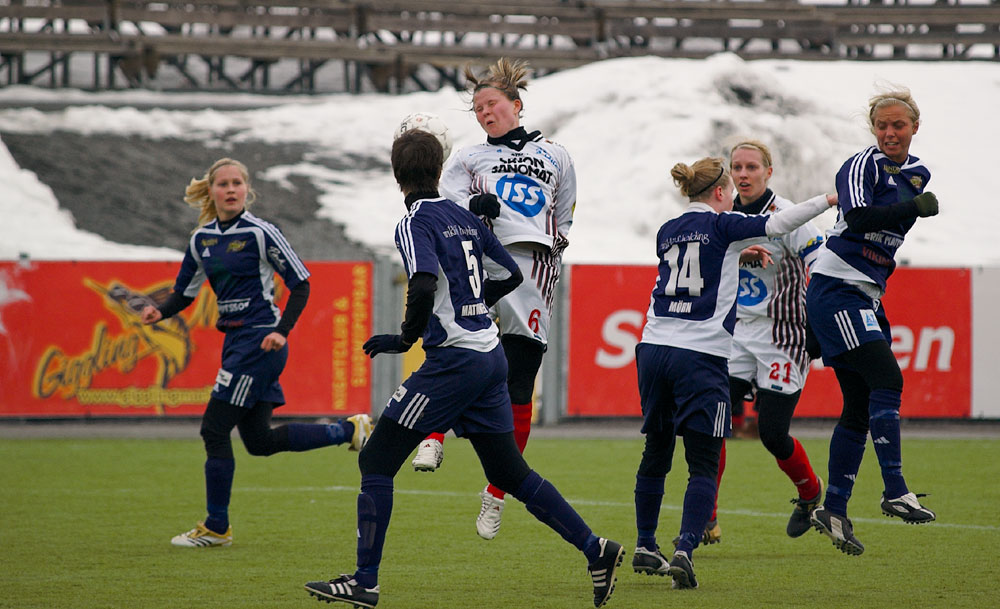 |
Background
Aland Islands was granted autonomy in the Act on the Autonomy of Åland of 1920 by the Parliament of Finland. Its autonomous status was reaffirmed when Finland became a member of the European Union. By law, Åland Islands is entirely demilitarized. Its residents are exempt from recruitment in the Finnish Defense Forces. In 2006, Finland issued a high-value (€5) commemorative coin, to mark the 150th Anniversary of Demilitarization of Åland Islands.
Åland remains entirely Swedish-speaking by law. The issue of the ethnicity of the Ålanders, and the correct linguistic classification of their language, remains somewhat sensitive and controversial. They may be considered either ethnic Swedes or Swedish-speaking Finns. Swedish sentiment grew strong leading up to Aland’s autonomy because of the following issues: anti-Swedish tendencies in Finland, Finland's struggle to retain its autonomy, and the Finnish resistance against Russification. Accordingly, Åland Islands remain entirely Swedish-speaking by law.
The Act on the Autonomy of Åland guarantees Åland Islands its autonomy and demilitarized status. Accordingly, the Government of Åland, controls the land by convening with parliamentary principles. The Lagting is the parliament of Åland and has 30 seats. The next election will be held in 2019. The Governor, Peter Lindbäck also leads the Åland State Provincial Office.
Åland has a multi-party system. This means it has numerous political parties which makes the chances of gaining power rare. Thus, parties must consolidate and form coalition governments. The Åland Islands are guaranteed representation in the Finnish parliament. One representative is elected to represent Aland in the mainland. However, Åland practices a different system of political parties than Finland.Macroeconomic Data
Åland's economy is deeply controlled by shipping, trade and tourism. Shipping represents about 40% of the economy. Aland has several international carriers owned and operating off its coast. However, most companies aside from shipping have fewer than ten employees. Farming and fishing are important to Aland’s food industry. Meanwhile, a few prominent technology companies contribute to the economy. Wind power has rapidly developed with opportunities of expanding to the mainland in coming years. Wind power accounted for 31.48% of Åland's total electricity usage in December 2011.
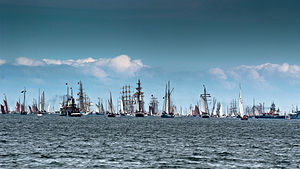 Trading trends in Aland are greatly influenced by grain racing or windjammer economics. Economic trends are still developed using a good fast passage from Australia’s grain ports to the UK via Cape Horn in under 100 days. In fact, the Great Grain Race was the informal name for the annual windjammer sailing season which bolstered the trading season.
Trading trends in Aland are greatly influenced by grain racing or windjammer economics. Economic trends are still developed using a good fast passage from Australia’s grain ports to the UK via Cape Horn in under 100 days. In fact, the Great Grain Race was the informal name for the annual windjammer sailing season which bolstered the trading season.
The windjammers usually followed the familiar clipper route around the world. Ideally, different cargoes were carried along the route in bulk from varying ports. For the last leg to Europe, the cargo was wheat or barley. Actually, the main purpose of The Great Grain Races was to sail the last leg as fast as possible. This symbolized the maritime commitment led by the United Kingdom between Europe and Australia.
Meanwhile the general public realized that there was no enthralling economic reason to be first home with a cargo of grain. Furthermore, the ship owners severely discouraged racing by their officers. However, racing in the gale-force winds around Cape Horn actually created trading trends. Many ships lost their sails and gear. The damages and losses were expensive to repair or replace. Thus, any windjammer captain of a grain ship who lost gear more likely lost his job over the Grain Race.Socioeconomic Strata
Important Information: The International War on Terror is creating a major political firestorm at the United Nations from the socio-economic trends involving religion and education.
The Evangelical Lutheran Church of Finland is the national church of Finland. It is the largest Lutheran branch of Christianity followed in Finland. The church is a member of the World Council of Churches and the Conference of European Churches which helps to serve its mission. The church has about four million members making it the largest religious body in Finland.
The Church of St. Olaf is a medieval stone church that belongs to the Evangelical Lutheran Church of Finland. It is located in Jomala, Aland Islands. The church was built near 1260 AD and is possibly the oldest church belonging to Finland. The church is built of local red granite and limestone. The church was dedicated to King Olaf II of Norway.
Åland University of Applied Sciences was established in 1997 and is located in Mariehamn, Aland Islands. It adapted its current system when it merged with the Åland Open University. This opened the schools for immigrant students. Both schools offer English language courses for immigrants. However, most courses are taught in Swedish. In 2014 there were 490 students attending the Åland University of Applied Sciences. The City of Mariehamn manages the Civic Institute. It provides informal education and non-credit courses to adults. Meanwhile, the Ålands Folk High School offers project-oriented courses in crafts to its students.